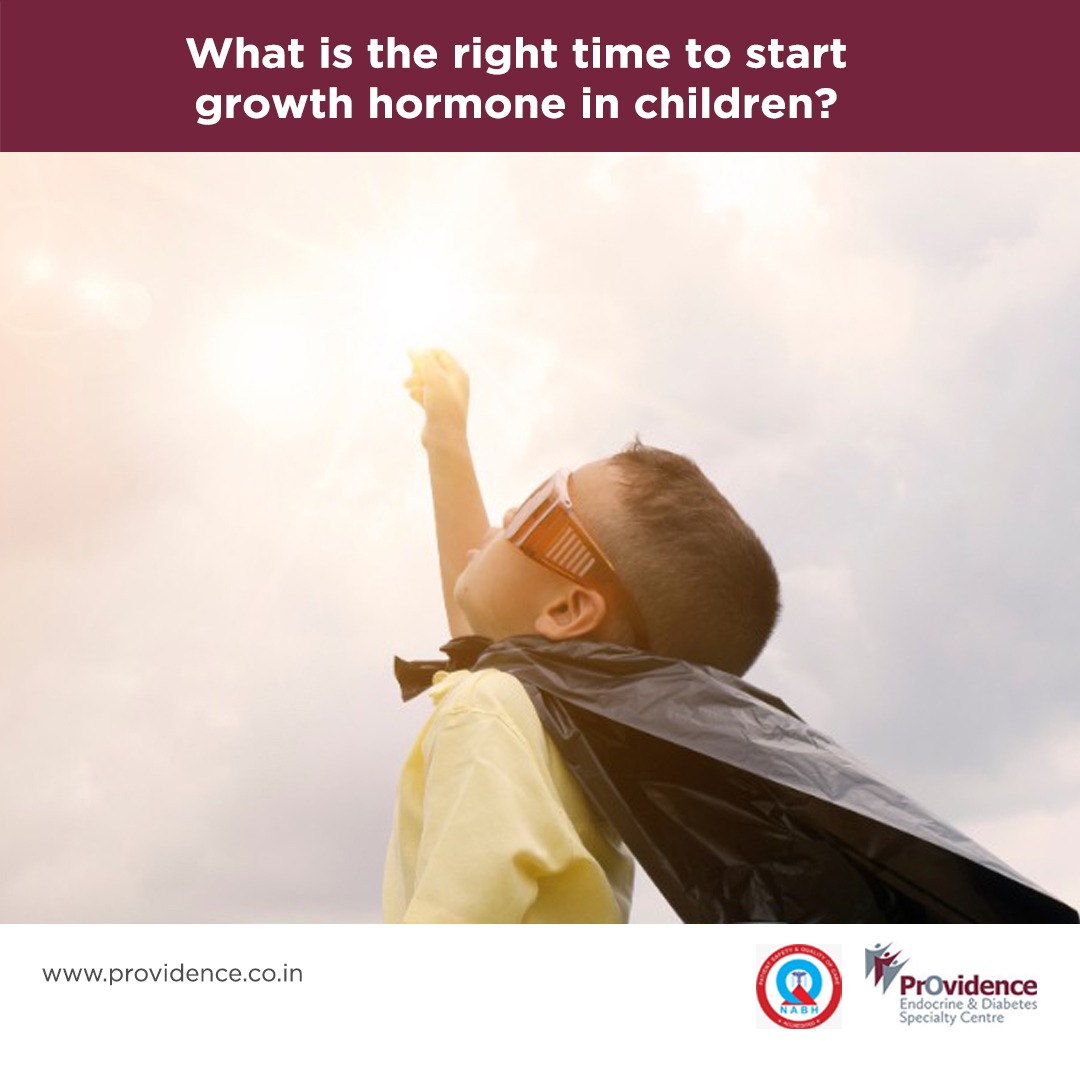Growth hormone therapy can be initiated at any age before a child’s growth plates fuse, which is typically around 14 years for girls and 16 years for boys. It’s common for parents to seek medical advice when their child in primary school or approaching puberty appears significantly shorter than their peers or is growing more slowly than expected. Even infants born with growth hormone deficiency can benefit from this therapy. This deficiency might result from abnormal pituitary gland development, causing a lack of growth hormone and potentially other hormones as well. Recognizing that growth hormone deficiency can manifest at any age is important.
Early diagnosis and intervention are crucial for children with growth hormone deficiency to ensure they achieve their full growth potential. The timing of growth hormone therapy significantly impacts a child’s height outcome, with the best results observed when treatment is started between the ages of 2 to 9 years. This is because early initiation helps catch up on the growth deficit before puberty begins. Once puberty starts, the effectiveness of growth hormone therapy diminishes considerably due to the natural fusion of growth plates, which limits further growth in height.
In conclusion, while growth hormone therapy can be highly beneficial, its success largely depends on timely diagnosis and appropriate management. Parents and caregivers should be vigilant about their child’s growth patterns and seek medical advice if there are concerns about short stature or slow growth, ensuring that any potential growth hormone deficiency is addressed promptly and effectively.
Dr. Tittu Oommen MD, DM



